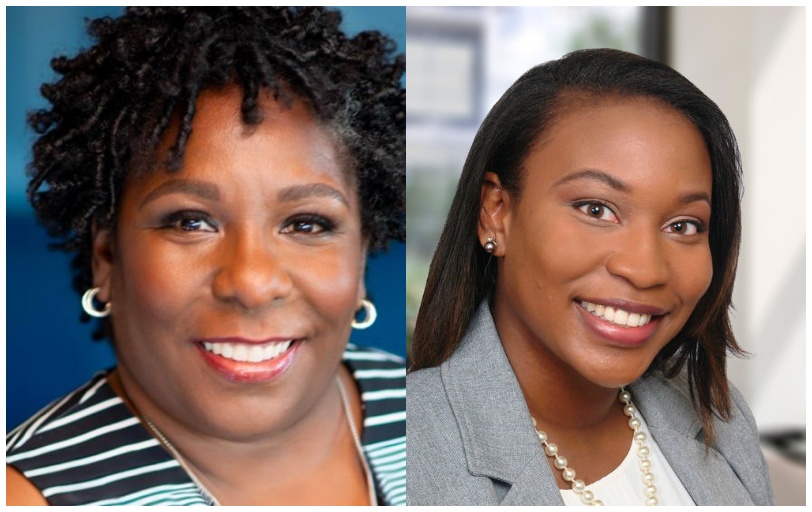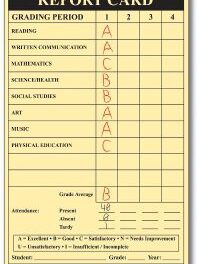By Megan Sayles,
AFRO Business Writer,
msayles@afro.com
For some, retirement means freedom— freedom to travel, freedom to spend more time with friends and family, freedom to pursue hobbies and freedom to essentially do anything you didn’t have time for while working. But, without the requisite savings, these freedoms might not be possible.
According to Shelly-Ann Eweka, senior director at the TIAA Institute, forty percent of U.S. households risk running short on cash in retirement. The risk is heightened for Black and Brown people, who are less likely to have retirement accounts.

“You do see a significant difference between different races and ethnicities,” said Eweka. “About half of Hispanics and Blacks have retirement accounts, 52 percent for Hispanics and 49 percent for Blacks. That’s compared to 76 percent for Whites and 71 percent for Asian Americans and Pacific Islanders.”
There are also gaps between genders. Sixty-four percent of women have retirement accounts compared to 70 percent of men. For Black and Brown women, that number is 48 percent and 45 percent respectively.
Eweka said a number of factors contribute to these disparities.
“Many Black Americans face great challenges from the moment they graduate from college,” said Eweka. “Student loans impact our cash flow, which then means we have less to save toward retirement.”
According to the Education Data Initiative, Black borrowers owe $25,000 more than White borrowers for undergraduate degrees on average. Forty-eight percent of Black borrowers also owe more than they initially borrowed four years after graduation compared to 17 percent of White borrowers.
Salary gaps are also a contributor to the deficits.
“Women roughly earn about 85 cents for every dollar earned by men. For Black women, it’s 63 cents, and for Hispanic women, it’s 53 cents,” said Eweka. “Women, if they can afford it, are also much more likely to take time off of work to care for their children or elderly parents, which can also impact their savings and salary and promotion opportunities.”
As life expectancy rises in the U.S., retirement plans become even more critical. Joy Stephens, D.C. market director at J.P. Morgan Wealth Management, said people should start saving for retirement as soon as possible.

“When it comes to investing for retirement, the sooner the better. The amount of time you are invested is one of the most important factors in growing your wealth,” said Stephens. “I like to say it’s about time in the market, not timing the market.”
Two common retirement plans are Roth IRAs and IRAs. The accounts differ based on how they are taxed. Investments in Roth IRAs are made with after-tax dollars, meaning they grow tax-free and withdrawals in retirement are also tax-free after age 59.5. IRA contributions grow tax-deferred and then they’re taxed when money is withdrawn after age 59.5.
Certain workplaces also offer employer-sponsored plans, like 401(k) and 403(b) plans.
“Many employers match a portion of their employees’ workplace retirement plan contributions. If your company offers a retirement plan with a match, consider taking advantage of this,” said Stephens. “If you can, contribute at least the maximum amount that your employer will match. You don’t want to leave any money on the table.”
According to Stephens, one of the biggest obstacles to investing in retirement is that it requires a lot of money to get started. This, along with believing retirement is in the distant future, is a misconception.
Contributions to retirement accounts vary between people and are dependent on their current financial situation. However, consistency is key, according to Stephens. Whether big or small investments, it’s important to make them regularly.
“Consider contributing as much as you can to your retirement accounts. If you can increase your contribution rate automatically every year that might be a good idea,” said Stephens. “It can be easier to contribute more when the increases occur automatically.”
When forming a retirement plan, Stephens encouraged people to think about the lifestyle they want to live when they retire, where they’d like to live and what their expenses will look like. This can help them set goals to personalize their plan.
It can also be helpful to employ the help of a financial advisor.
“For some people, working with an advisor can be beneficial. An advisor can sit down with you to outline your goals and help you create a customized plan to work toward them,” said Stephens. “You should check in on your plan with your advisor on a regular basis to see how you’re tracking toward your goals and to adjust your strategy when your life or priorities change.”
Megan Sayles is a Report for America corps member.
The post Securing your financial future: The importance of saving for retirement appeared first on AFRO American Newspapers.











